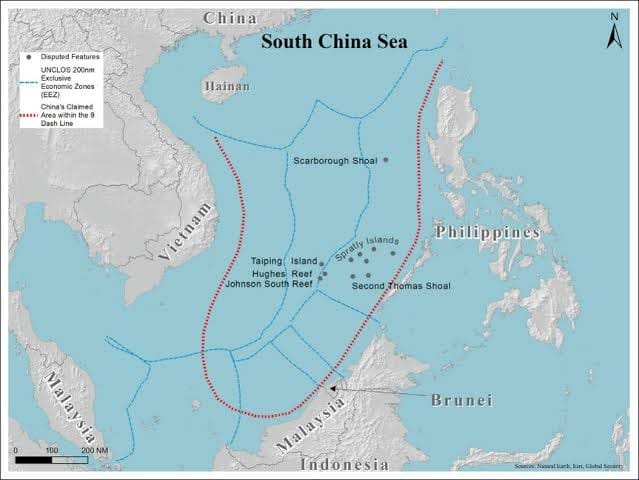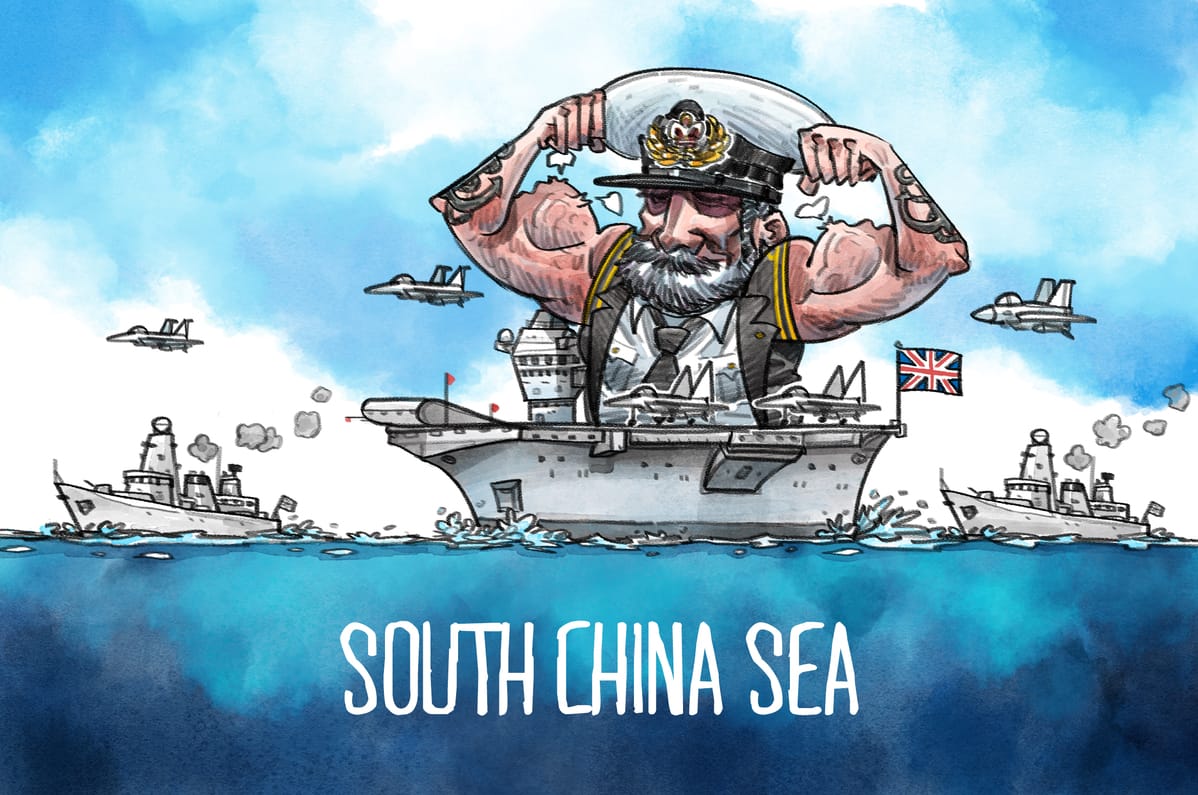The South China Sea is a significant body of water located in Southeast Asia, bordering several countries including China, the Philippines, Vietnam, and Malaysia. The area has been at center of longstanding territorial dispute between these nations for many years.
At the heart of this dispute lies claims over sovereignty and control over islands and maritime boundaries within the sea. Specifically, there are disputes over ownership of various island groups such as Paracel Islands and Spratly Islands that lie within this region. These disputed territories have resulted in overlapping claims by multiple nations to exclusive economic zones (EEZs) around them.

China asserts its claim on almost all parts of the South China Sea based upon historical records citing it as part Chinese territory since ancient times; other countries like Philippines argue that their rights should be respected based on United Nations Convention on Law Of Seas(UNCLOS) which provides legal framework governing rights usage resources seabeds beyond national jurisdiction
Additionally, there are concerns about freedom of navigation through international waters within this region due to increasing military presence from some countries involved in territorial disputes – particularly China who’s building artificial islands near contested areas so as assert dominance thereby undermining regional stability overall leading towards increased tensions among neighbouring countries causing distrust buildup further complicating matters.

Despite diplomatic efforts made bilateral levels resolve issue amicably parties concerned till now no concrete solution arrived at yet.. thus making it one most contentious issues affecting wider Indo-Pacific Region
In conclusion we can say that resolving South China Sea Dispute remains one challenging issue given nature complexity involved while keeping welfare citizens forefront decision-making processes always key aspect any successful negotiation/mediation process going forward!
Other related articles:
The Great Barrier Reef – A Natural Wonder of the World


